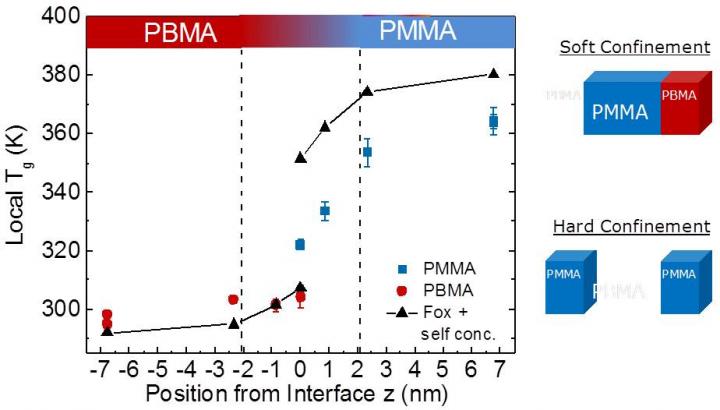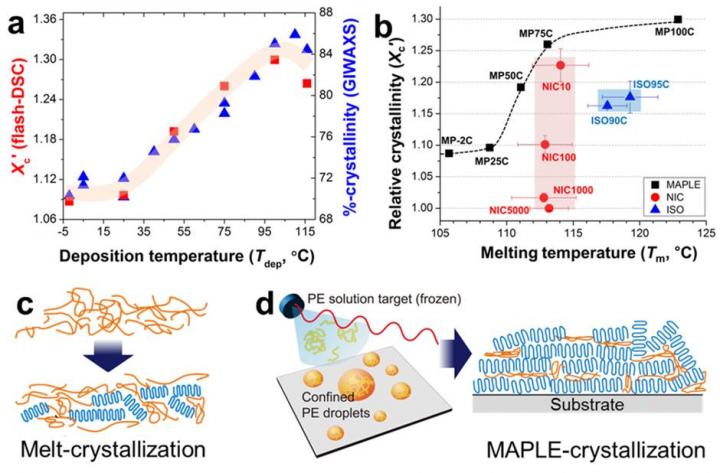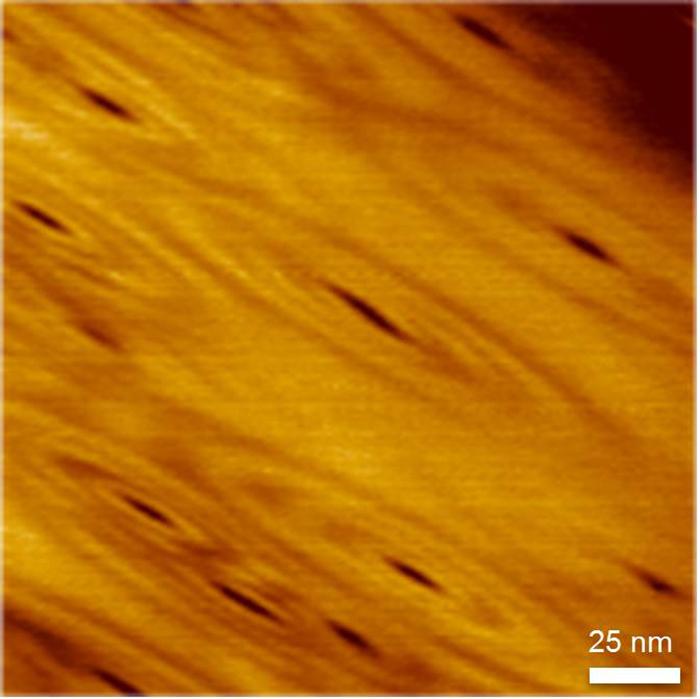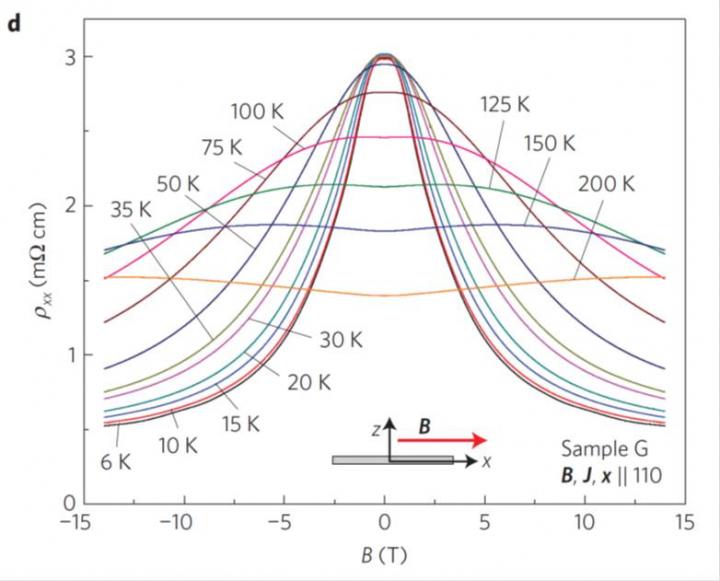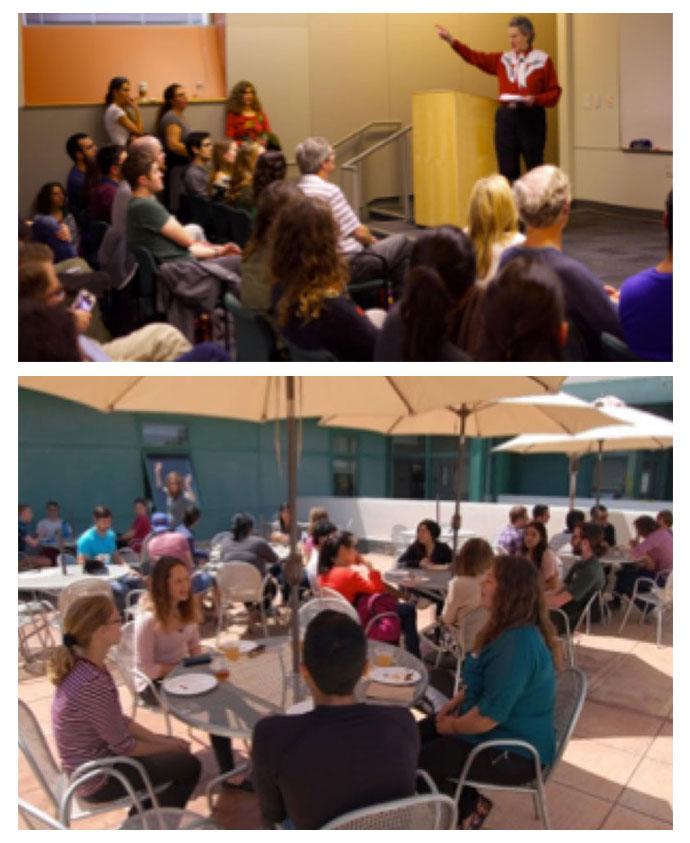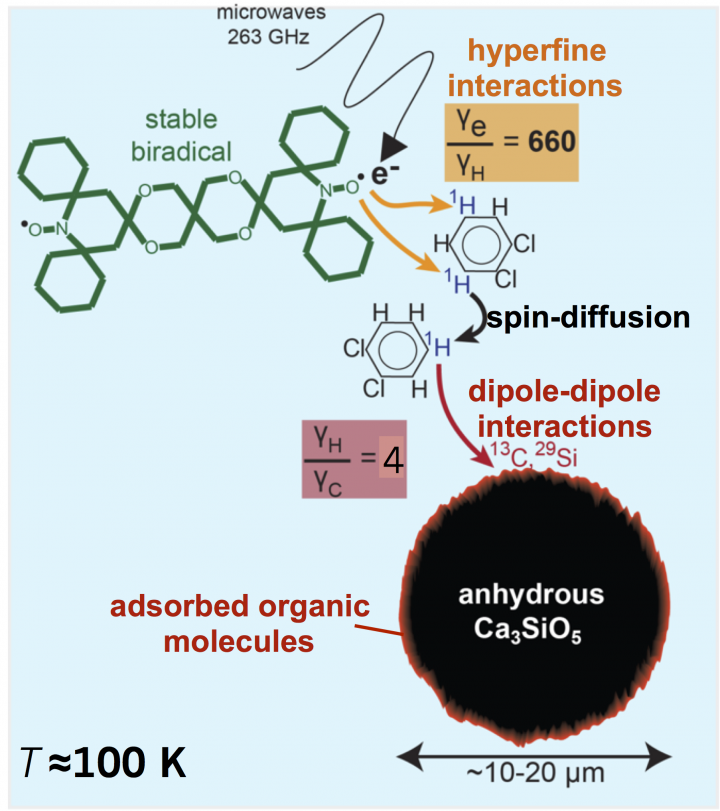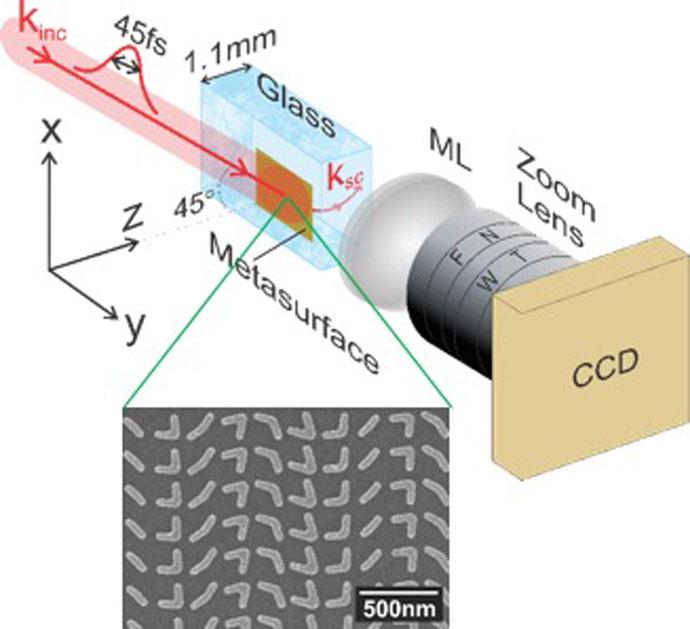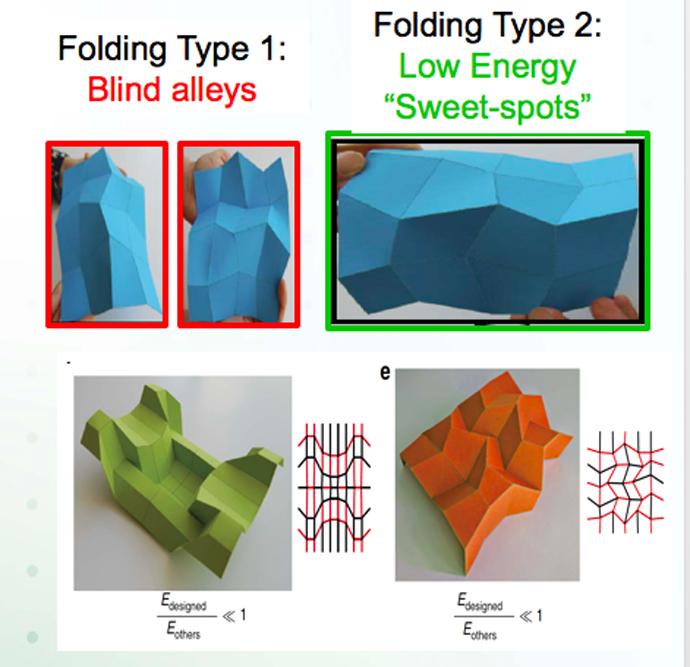Block copolymers, which self-assemble into nanostructures due to the incompatibility of each block, have generated intense scientific interest and are used in a myriad of important technologies. In such systems, the majority of the macromolecules can lie within a few nanometers of an internal interface, within a region where the dynamics and mechanical properties can be highly modified from th

